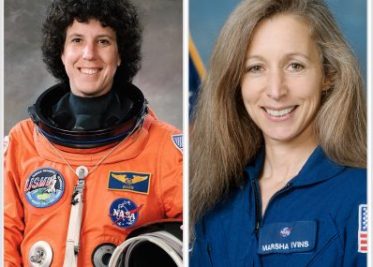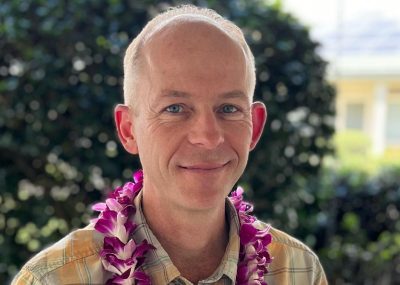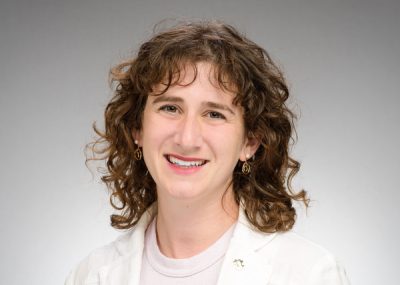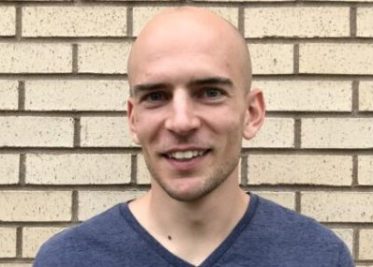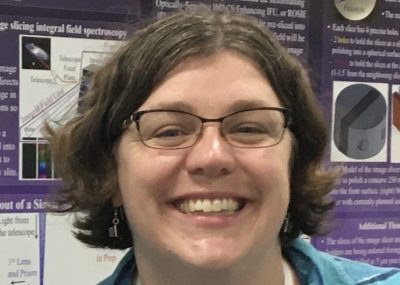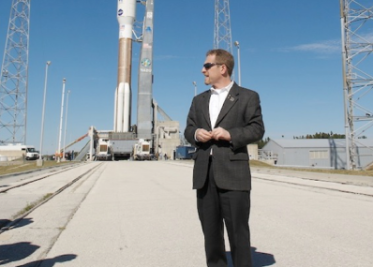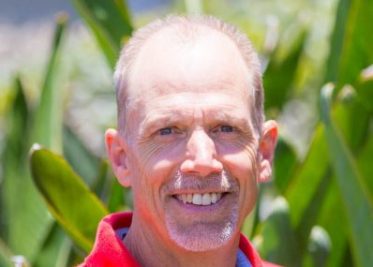The advent and spread of electrical lighting has made it ever harder to find the dark skies valued by professional and amateur astronomers, not to mention lovers of starry skies in general. Dr. Wainscoat tells the story about light pollution and astronomy, with special emphasis on light pollution’s effects on the world’s best astronomical observing site: Mauna Kea on the Big Island of Hawai’i. Dr. Wainscoast is an astronomer as well as an accomplished photographer. This talk was given at the Kahilu Theatre in Waimea-Kamuela, Hawaii, on April 5, 2012. The W. M. Keck Observatory operates two 10-meter optical/infrared telescopes on the summit of Mauna Kea on the Big Island of Hawaii. The twin telescopes feature a suite of advanced instruments including imagers, multi-object spectrographs, high-resolution spectrographs, integral-field spectroscopy and a world-leading laser guide star adaptive optics system which cancels out much of the interference caused by Earth’s turbulent atmosphere. The Observatory is a private 501(c) 3 non-profit organization and a scientific partnership of the California Institute of Technology, the University of California and NASA.
Guest Speaker
Wainscoat
Doctor
University of California


